Welcome to the Fashion Olympics: Who Will Win a Season With Everything to Lose?
Vacant creative director jobs, struggling businesses, and Dries Van Noten’s final show will keep people talking during Paris Fashion Week
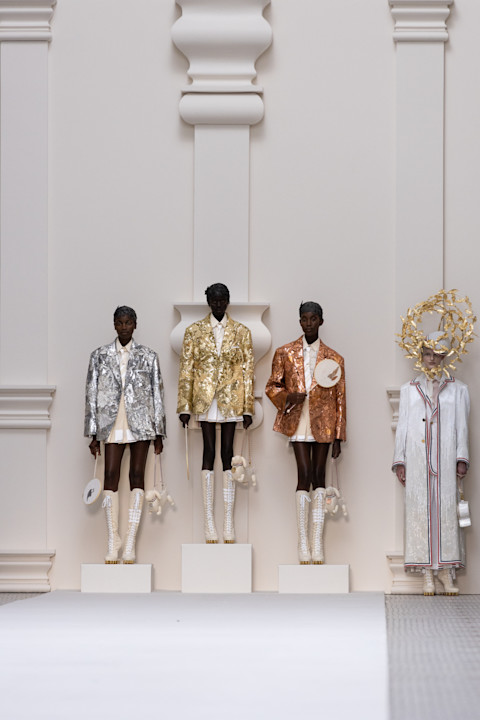
“You can’t win,” said one of the fashion industry’s most powerful creative directors, slouched back in his front row seat. It was the second-to-last day of the Fall/Winter 2024 womenswear season in March, sunny but crowded, green light twinkling through the crowd smushed into the show space.
It wasn’t a joyous season. Cast your mind back to the start of this year: Sabato De Sarno established the pared-down look at Gucci with his sophomore show and Sean McGirr set a new, tamer path at Alexander McQueen. Perceived as a sign of what’s to come at the upper echelons of luxury fashion, these two collections helped reinforce quiet(er) luxury as a dominant trend. Over-the-top displays of wild creativity seemed gauche on the ready-to-wear catwalks, even after—or after—John Galliano’s tour de force at Maison Margiela’s couture show. “I prefer seeing wearable clothes on the runway,” an editor-in-chief told me at the menswear shows, and by the womenswear ones, neutral colors, wearability, and trench coats were major stories. But after spending the better part of January through March traveling to fashion shows and soliciting the moods of the season from editors, stylists, publicists, and insiders, the feeling that quiet luxury had quelled fashion’s passions was the latest in a thread of depressing statements.
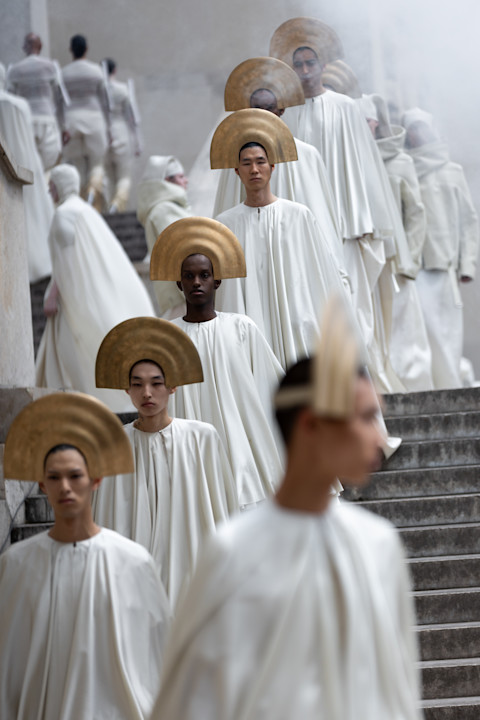
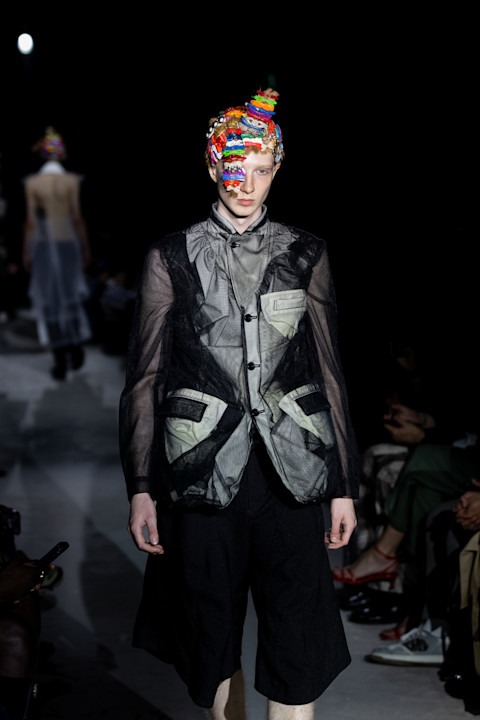
“Designers are only operating out of fear!” said a reporter.
“Fashion thrives on mistakes” —a critic.
“There is no support for independent ideas” —a consultant.
“The mood of this season is being left wanting for more” —a stylist.
One of the questions I went around asking was “What’s one thing you’d like to change in fashion?” A seasoned public relations director deadpanned “that people would stop complaining.” Unlikely! Three months later and there are only more things to complain about. Dries Van Noten announced his retirement. Valentino didn’t renew its contract with Pierpaolo Piccioli and swiftly hired as its new creative director Alessandro Michele, who got back at Gucci (a brand he left after a 20-year career) by releasing a 171-look precollection mere moments before Gucci’s menswear runway was to begin.In a shock announcement, Chanel and Virginie Viard parted ways and the rumor mill kicked into overdrive, all but assured that Hedi Slimane would take her spot and Michael Rider, formerly of Polo Ralph Lauren, would succeed Slimane at CELINE. Independent brands Mara Hoffman and The Vampire’s Wife shuttered, while Dion Lee filed for bankruptcy. Retailers, too, declared bankruptcy and admitted to financial struggles. The talented staff of magazine left their posts amidst a takeover from Bedford Media. China is without an EIC. LANVIN and Givenchy are still without creative directors.
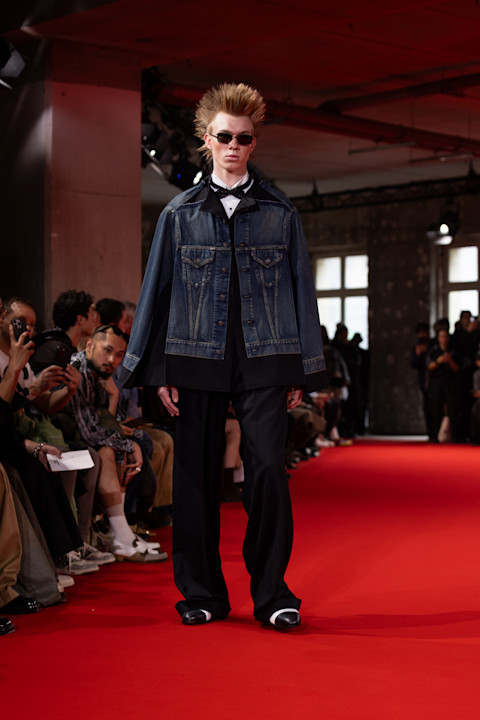
The discrete, anonymous complaints coalesced into a full-brown crisis chorus by June, just as Parisian anxiety around the impending Olympics began to peak. Fashion week already feels like the Olympics, with delegations of designers, editors, stylists, and buyers coming together to take 20,000 steps per day, see 200 collections per week, and try to make sense of it all to the public, like telecasters distilling the 2024 games into a coherent narrative of achievement and grace. Fashion should go one step further and take a lesson from the Olympics in particular, and embrace competition and the dignity of simply participating (rather than winning at all costs) in this global panoply. Like the great athletes, brands should test the limits of what’s possible, operate without fear, and see challenge as an opportunity—not something to be feared. The alternative is the milquetoast fashion that is beginning to dominate our moment.
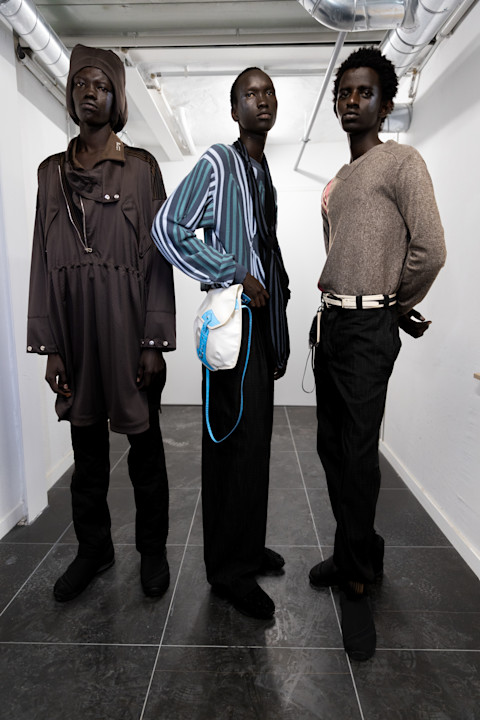
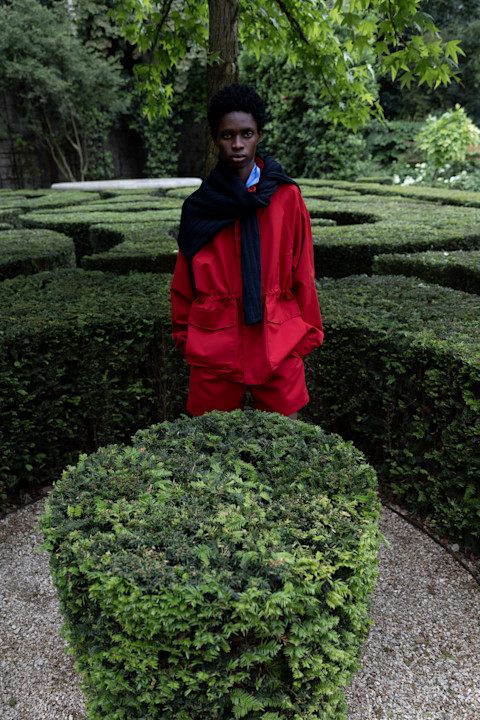
It was Dries Van Noten who told me three years ago, “It was always a little bit ridiculous that everybody was looking at each other as competitors. It is interesting to see that this mentality has changed in such a positive way.” Back then Van Noten had helped bring together a committee of designers to try to find solutions to markdowns, overproduction, and overscheduled show seasons. Rewriting the fashion calendar, issuing stronger mandates around markdowns, and relying on more digital opportunities were key takeaways, but years later, the committee’s once-monthly Zoom meetings have all but stopped. Trying to find a singular business model that works in a disparate and evolving global marketplace is what’s keeping the industry back—and, also, what’s keeping fashion week back. Much like track and field, different races require different talents; there is no one-size-fits-all creative director who can guarantee success. “Right now CEOs only hire the studio guys for these jobs because they just want someone to manage,” said an independent designer based in Paris. “You don’t see creativity at that scale anymore because these designers feel the pressure to please their bosses.”
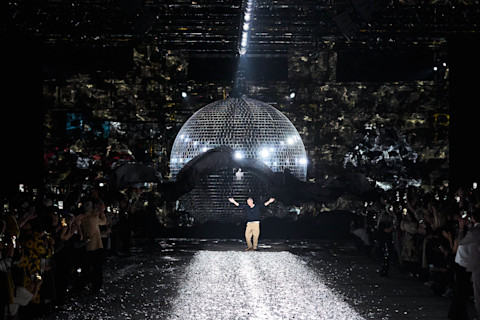
Not everyone can run the marathon to make the most money in a calendar year. If fashion week is like the Olympics, where are the divers, the skateboarders, the breakdancers, the gymnasts that represent different skill sets, strengths, and audiences? The smaller champions who capture people’s hearts? You can be a star in a small field—and build a profitable business at a small scale—and that must remain a healthy, viable option for independent designers.Another lesson, and this one is for the CEOs and shareholders: Second and third place still medal. Record profits like Miu Miu’s recent 89% year-over-year growth is not sustainable. Decline isn’t a reason to abandon ship—nor is a rapid incline a reason to stay on course. The fashion industry needs a healthy middle—stable slow growth—to meet the customers who know better than to purchase a ten-dollar dress but can’t afford the $10,000 one.
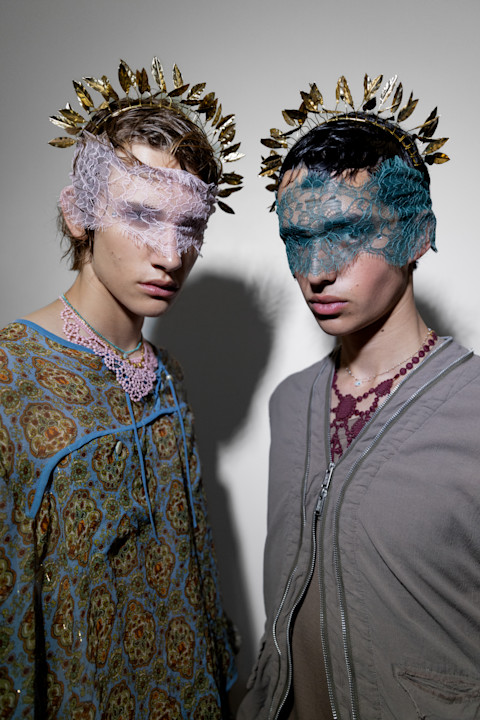

Most importantly: Winning is not forever. And that can be a benefit. Van Noten is retiring to spend more time with his garden, his partner, and himself. There’s a scene in the 2017 documentary Dries where Van Noten spends minutes silently arranging flowers from his garden in vases around his drawing room. It’s one of the only moments I’ve seen in a fashion documentary composed of so much silence and stillness. Perhaps that’s the last lesson fashion needs to learn this season: Talk only when you have something to say.


